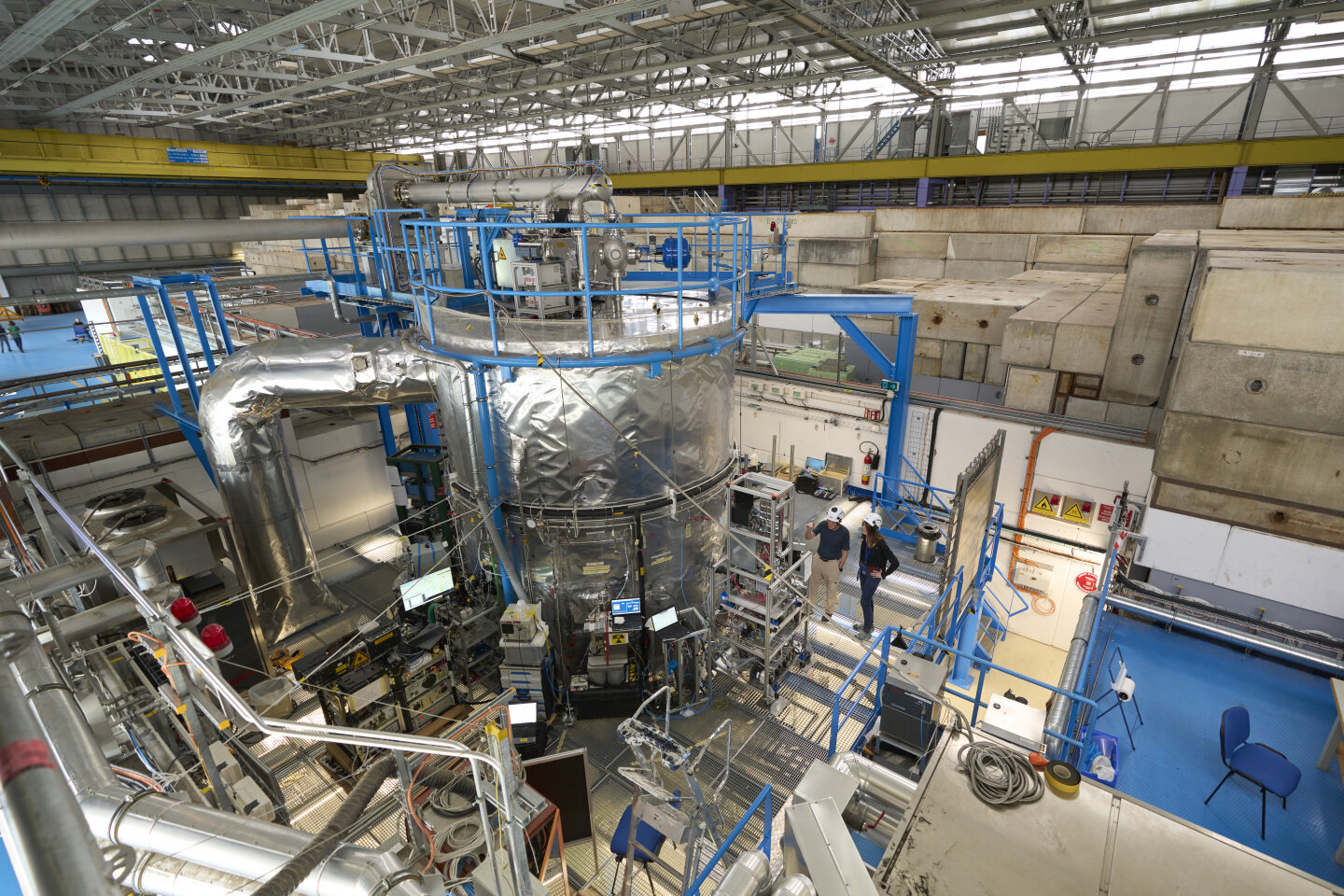Atmospheric aerosol particles exert a strong net cooling effect on the climate by making clouds brighter and more extensive, reflecting more sunlight back out to space. However, how aerosol particles form in the atmosphere remains poorly understood, especially in polar and marine regions.
A new study from the CLOUD collaboration now challenges this view, by showing that iodine oxoacids are acting synergistically with sulfuric acid to greatly enhance the particle formation rates.
The new findings, described in a paper published in the journal Science, build on earlier CLOUD studies that showed that iodine oxoacids rapidly form particles even in the complete absence of sulfuric acid. The results imply that climate models are substantially underestimating the formation rates of aerosol particles in marine and polar regions.
“Our results show that climate models need to include iodine oxoacids along with sulfuric acid and other vapors,” says CLOUD spokesperson Jasper Kirkby. “This is particularly important in polar regions, which are highly sensitive to small changes in aerosol particles and clouds. Here, aerosol particles actually provide a warming effect by absorbing infrared radiation otherwise lost to space and re-radiating it back down to the surface.”
The CLOUD experiment is studying how aerosol particles form and grow from mixtures of vapors at atmospheric conditions in a large chamber. It differs from previous experiments both by maintaining ultra-low contaminants and by its precise control of all experimental parameters at conditions found in the real atmosphere. This includes the use of a CERN particle beam to simulate ions formed by galactic cosmic rays at any altitude in the troposphere.
2023-12-17 04:00:04
Article from phys.org rnrn
